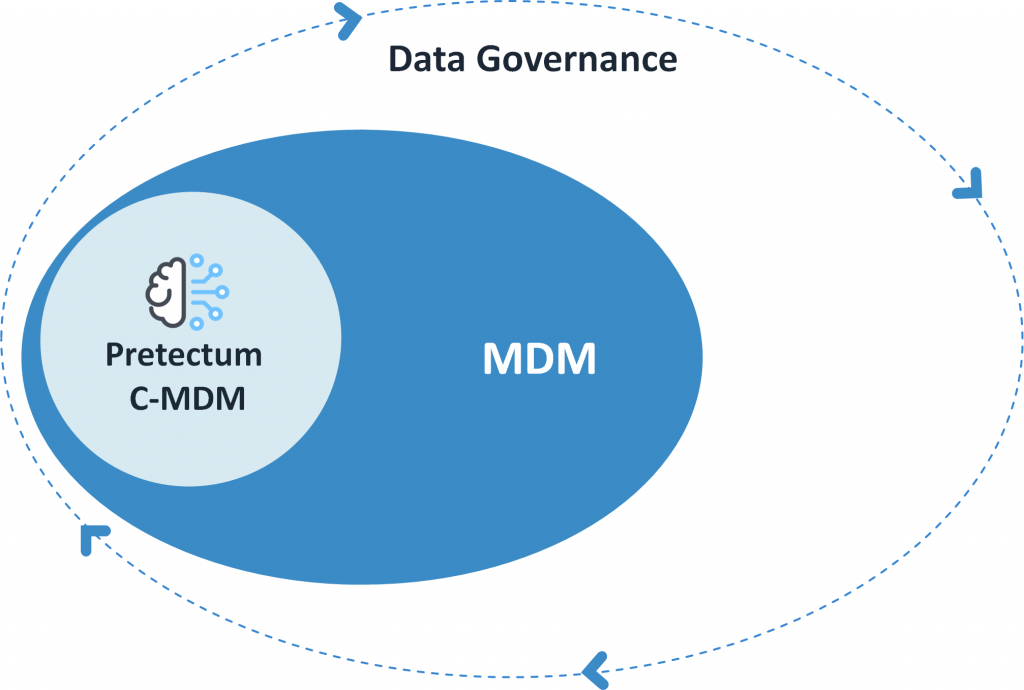The initial best practice in the implementation of customer master data management is the definition and agreement on specific and measurable business outcomes. These are outcomes that are expected to flow from the implementation of a customer master and which are clear and achievable and either of a technical or process nature.
The importance of successfully defining use cases, roadmaps, and desired transformational outcomes from implementing data governance and the CMDM should not be underestimated.
These definitions will also guide the structure and prioritization activities that flow from the establishment and wider introduction of data governance discipline of which the customer master data management system is just one aspect.

In the absence of a data management organization (DMO) or data governance team, it is entirely likely that the responsibility for defining the use cases, roadmaps and desired outcomes will land as supplementary activities for business users who use and deal with the data every day. While a high degree of value may be seen to exist in having full-time data stewards, many midsized and smaller organizations will not have such roles and should not consider them to be essential. As long as individuals or groups of individuals are assigned and take responsibility for making decisions and resolving issues, this will usually suffice.
Given that data management is different for different sizes and types of organizations, it is unlikely that the desired outcomes, policies, procedures, use cases and roadmaps will be perfect from the get-go. Implementation of any MDM and the Customer MDM, in particular, should be viewed as something that will evolve.
As long as your organization and solutions can evolve according to the changing needs of your organization and its environment, over-engineering and front-end loading of all possible options should not deter you from getting started.
It is not unusual, for example, to determine, that during activities like entity mapping analysis, that you might have many definitions of what a customer master should look like depending on functional or operational needs. As long as you are able to arrive at a consensus on what to do with these many definitions then you are able to progress to establishing a sound data governance approach to customer master data management.
To learn how you can implement customer master data management in your organization and leverage the Pretectum advantage why not contact us today?


